The American Museum of Natural History (AMNH) in New York is repatriating the remains of 124 Native ancestors and 90 Native cultural items.
On July 25, AMNH president Sean Decatur sent the museum’s staff a letter on the institution’s repatriation efforts so far. Decatur said in the letter that the AMNH “has held more than 400 consultations, with approximately 50 different stakeholders, including hosting seven visits of Indigenous delegations, and eight completed repatriations.”
The repatriations include the ancestral remains of three individuals to the Santa Ynez Band of Chumash Mission Indians of the Santa Ynez Reservation. According to information published on the Federal Register, the remains were sold to the museum by James Terry in 1891 and Felix von Luschan in 1924.
Terry was one of the earliest curators in AMNH’s anthropology department, and von Luschan eventually sold his entire collection of skulls and skeletons to the institution, according to the New York Times, which first reported the news.
The returns come after the federal government released major revisions to the 1990 Native American Graves Protection and Repatriation Act (NAGPRA) that went into effect on January 12. The law established processes and procedures for museums and other institutions to return human remains, funerary objects and other items to “Indian tribes” and “Native Hawaiian organizations.”
Tribal representatives have criticized NAGPRA, claiming that institutions can easily resist the act’s restrictions, causing repatriation efforts to drag on for decades.
In January 2023, ProPublica published a substantial investigation into which institutions held the most items under NAGPRA jurisdiction and the different methods they used to repeatedly thwart the repatriation process, including labeling such items “culturally unidentifiable.”
In January, the AMNH also closed the Eastern Woodlands and Great Plains galleries in response to the new NAGPRA regulations. The museum also covered several other display cases that feature Native American cultural items.
Of the museum’s collection of approximately 12,000 human remains, Decatur said “about 25%” were individuals “ancestral to Native Americans from within the United States,” and that approximately 1,700 remains were previously designated “culturally unidentifiable,” meaning that they lacked enough information for confirmation with a federally recognized tribe or Native Hawaiian organization.
Decatur’s letter also said the institution planned to launch new programming about the closed galleries in October organized by curator David Hurst Thomas and an outside Indigenous adviser that would include a new graphic panel exhibit about the history and impact of NAGPRA and “changes in how the Museum approaches cultural storytelling.” The museum is also working with advisers from the Haudenosaunee community for a new field trip experience that will debut in mid-October.

The post “American Museum of Natural History Repatriates Remains of 124 Native People” by Karen K. Ho was published on 07/31/2024 by www.artnews.com







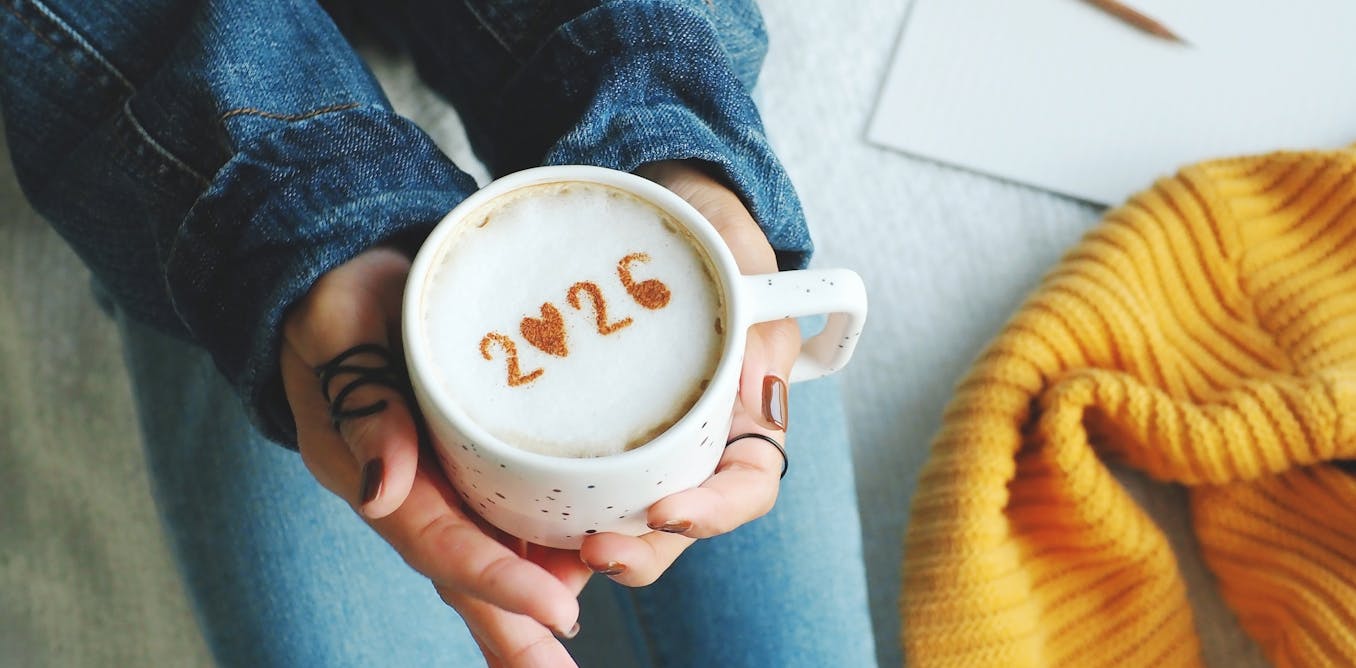

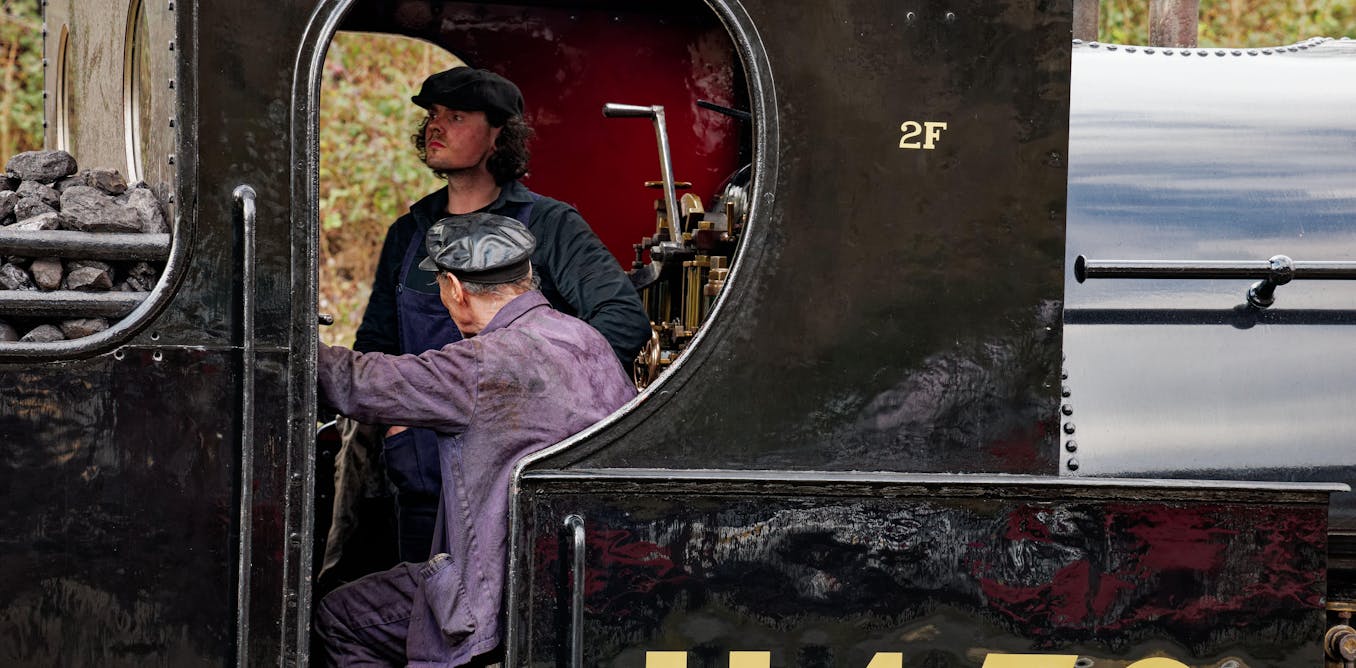
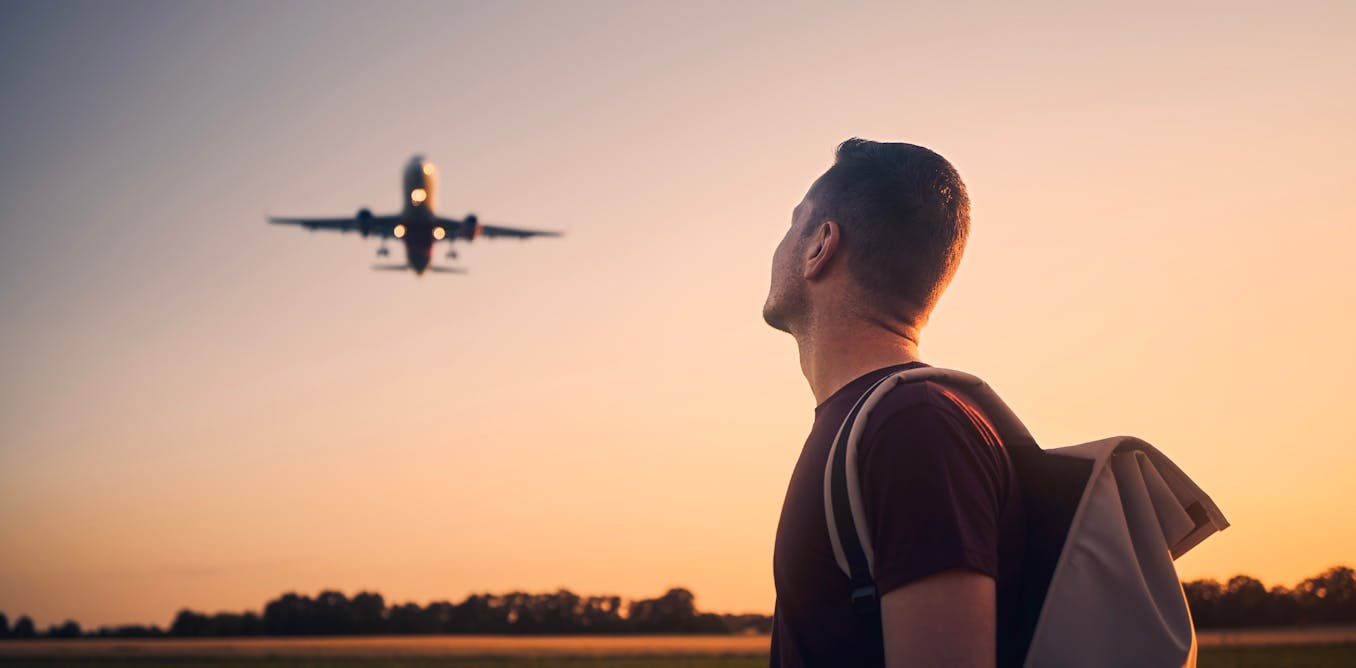
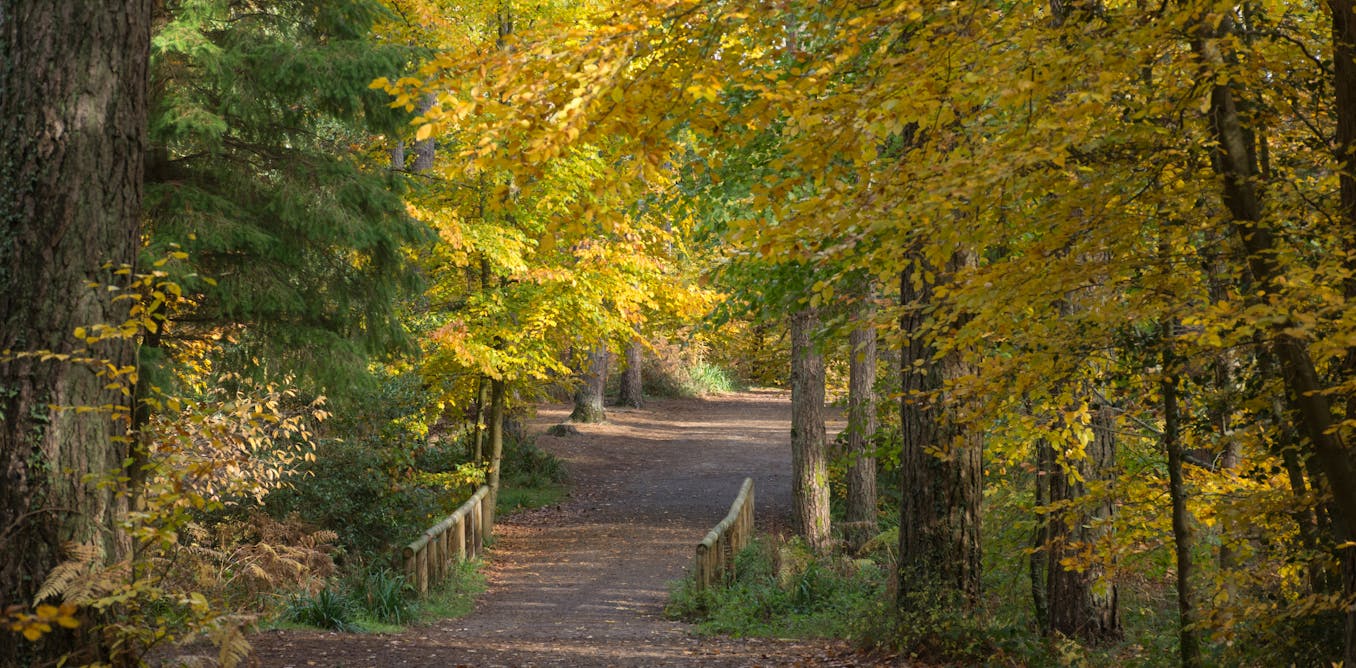
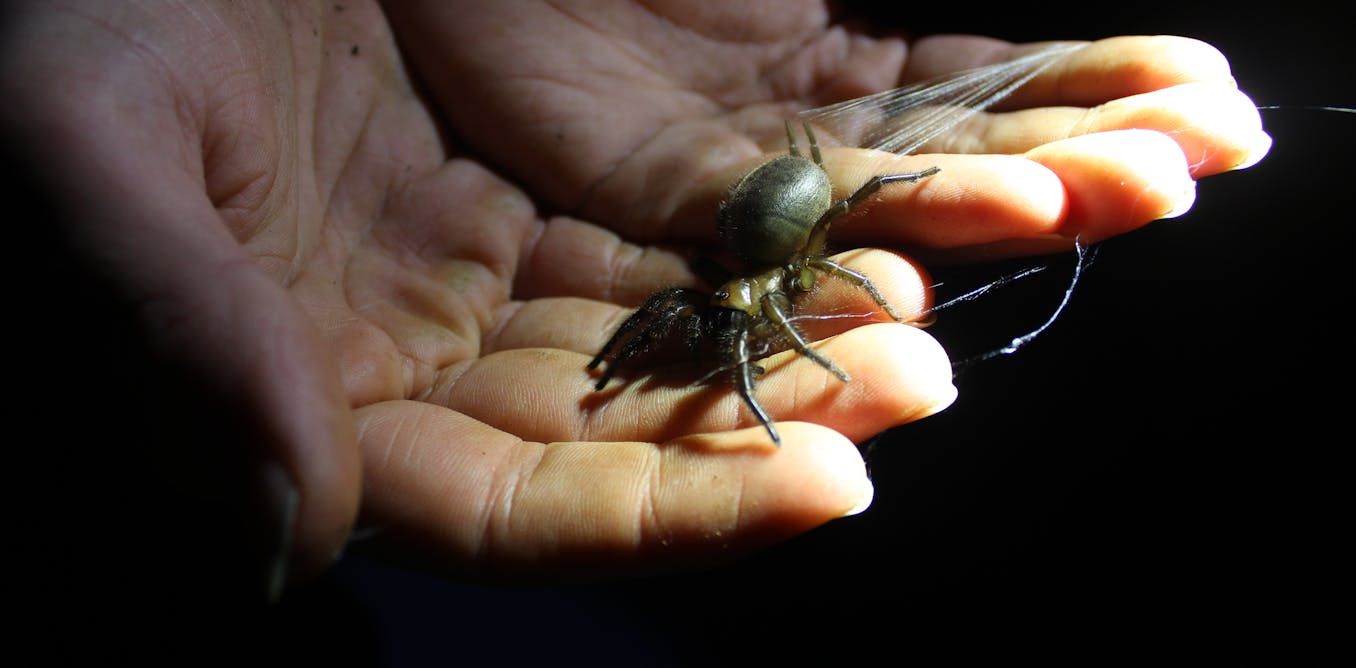

























Leave a Reply